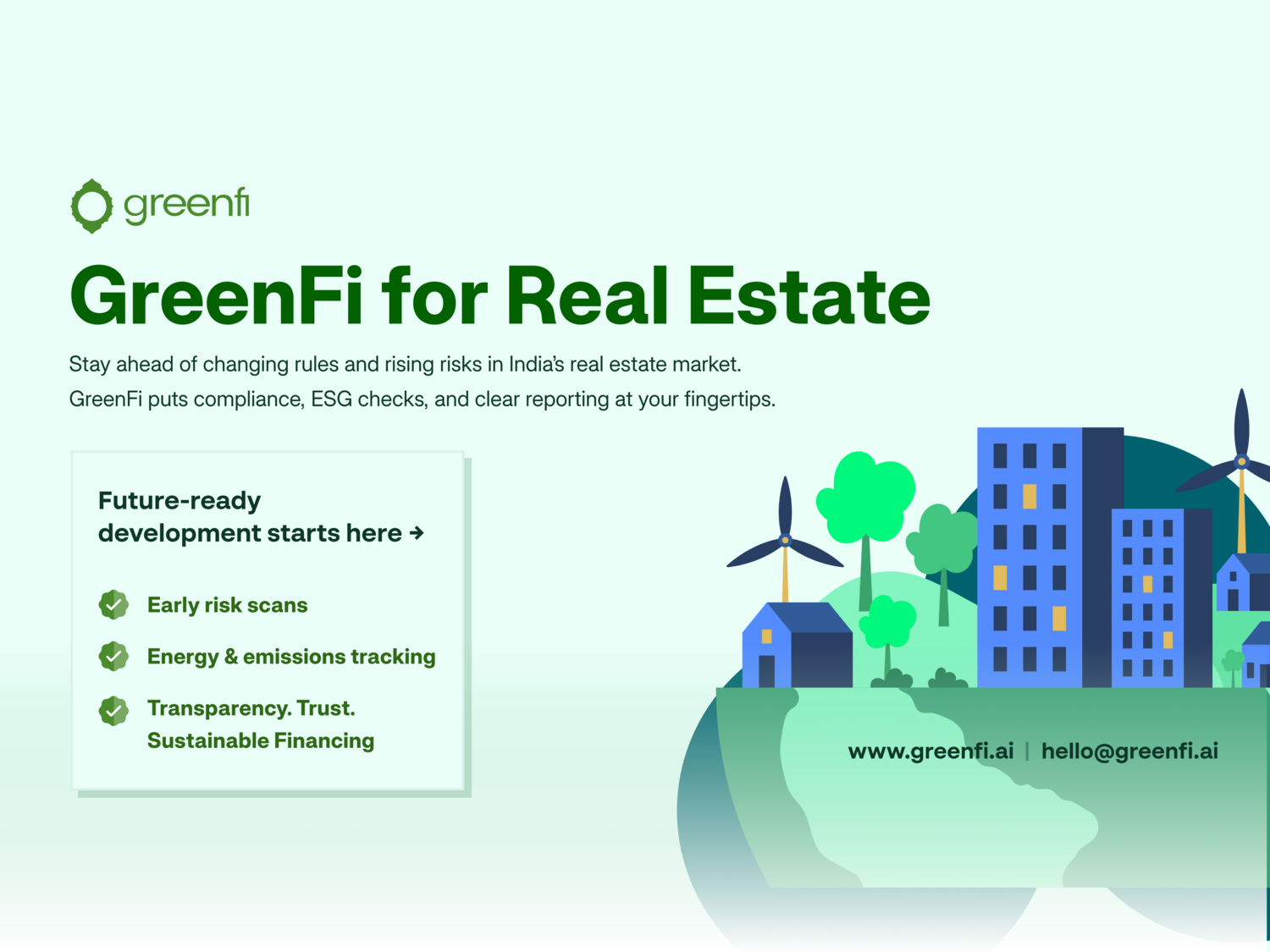Double materiality is one of the most misunderstood yet most critical concepts in the EU’s Corporate Sustainability Reporting Directive (CSRD). For many companies, it’s also where disclosures fall short.
So, what does it really mean? And how can organizations approach it with clarity and confidence?
What Is Double Materiality?
At its core, materiality is about what’s important enough to disclose. Under CSRD, this goes beyond traditional financial reporting. Companies must assess materiality in two directions:
- Financial Materiality – How do sustainability issues (like climate change, biodiversity loss, or supply chain risks) impact the company’s financial performance, position, or value creation?
- Impact Materiality – How does the company’s operations, products, or supply chain impact people and the environment both positively and negatively?
If a topic is material in either dimension, it must be disclosed. That’s the double materiality principle.
Why It’s Challenging?
Unlike traditional reporting, double materiality requires companies to look inside-out and outside-in simultaneously.
Some of the challenges organizations face include:
- Defining boundaries – Which operations, assets, and supply chains to include.
- Data collection – Accessing reliable data across global operations and value chains.
- Scenario analysis – Particularly for physical climate risks, which are now required at the asset level under ESRS E1.
- Stakeholder engagement – Balancing investor expectations with input from employees, communities, and NGOs.
What CSRD & ESRS Require?
Under the European Sustainability Reporting Standards (ESRS), companies must:
- Conduct a double materiality assessment across all sustainability topics.
- Report on both financial and impact materiality for each material issue
- Disclose physical and transition climate risks at the asset level (ESRS E1).
- Ensure disclosures are auditable and comparable, not just narrative.
This means double materiality is not just a reporting exercise it’s the foundation of your sustainability strategy under CSRD.
Where Companies Go Wrong?
We often see organizations struggle with:
- Treating double materiality as a tick-box exercise.
- Focusing only on financial risk while ignoring impact materiality.
- Lacking transparency in how materiality assessments are conducted.
- Underestimating the effort needed for data collection and validation.
How GreenFi Helps
At GreenFi, we simplify double materiality by combining regulatory expertise, risk data, and technology.
- Automated materiality assessments aligned with CSRD & ESRS.
- Physical climate risk analysis at the asset level.
- Supply chain visibility for Scope 3 and impact materiality.
- Audit-ready reporting outputs that satisfy regulators and stakeholders.
Our tools help sustainability, risk, and finance teams go beyond compliance building insights that strengthen both disclosure quality and strategic decision making.
Conclusion
Double materiality is more than a reporting requirement; it’s a lens for understanding how your business interacts with the world, and how the world impacts your business.
Those who treat it strategically will not only meet CSRD requirements but also unlock deeper resilience and value creation.
At GreenFi, we’re here to make that journey easier.
To know more, you can write to the GreenFi team at hello@greenfi.ai










































